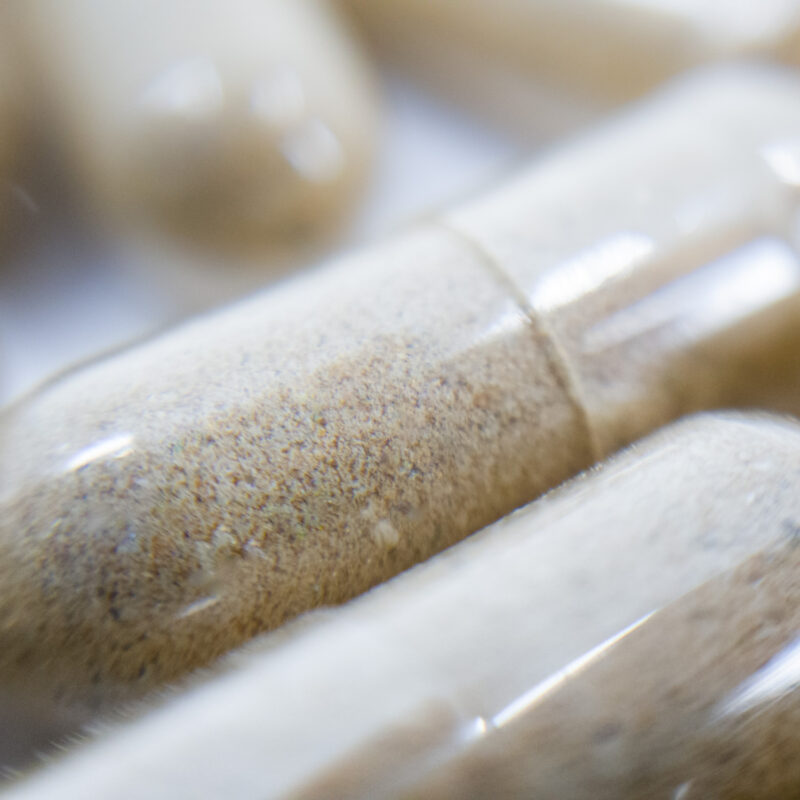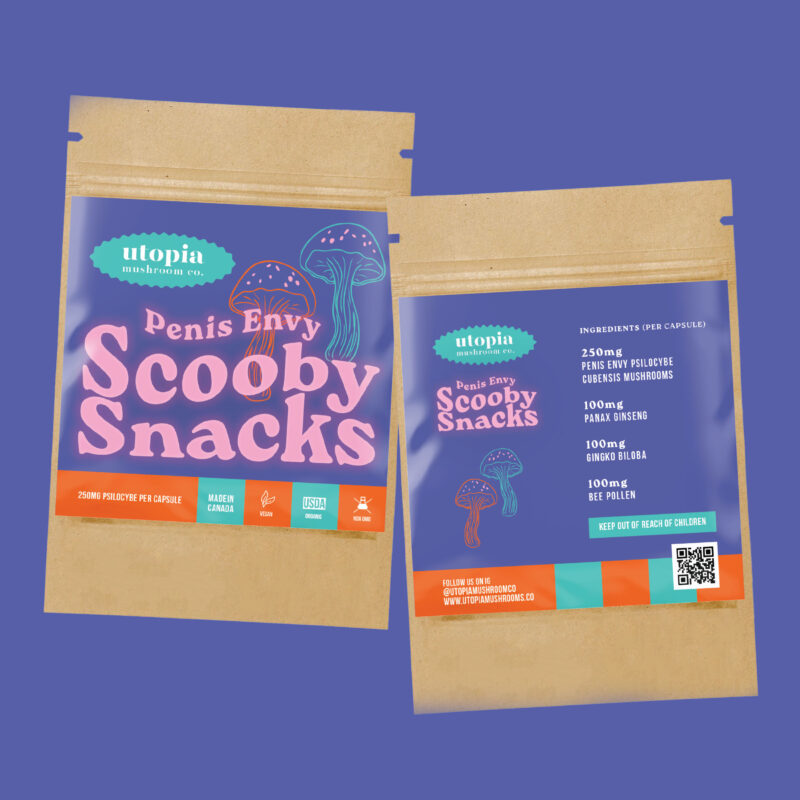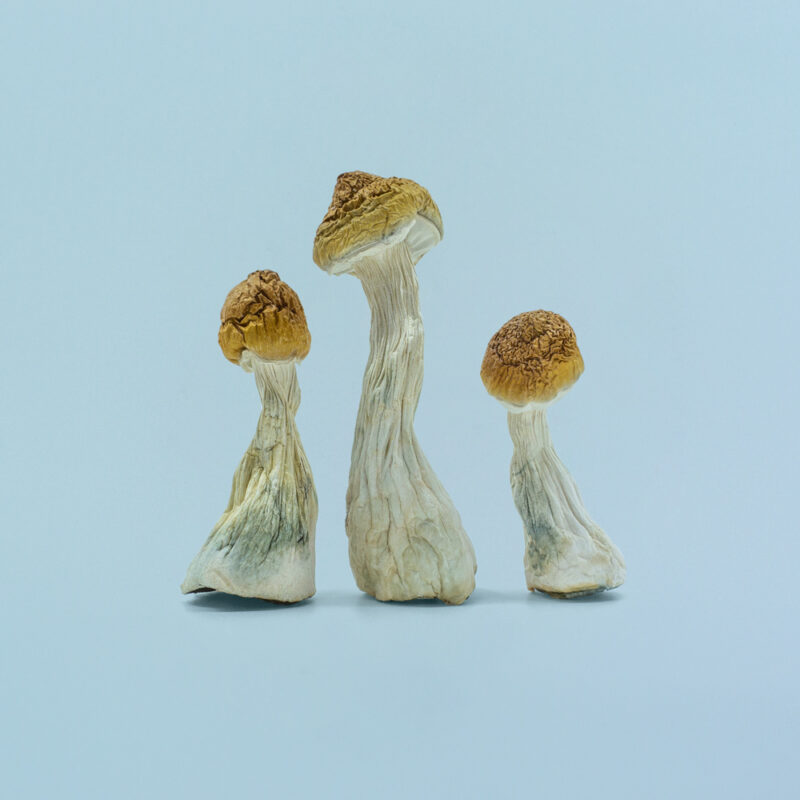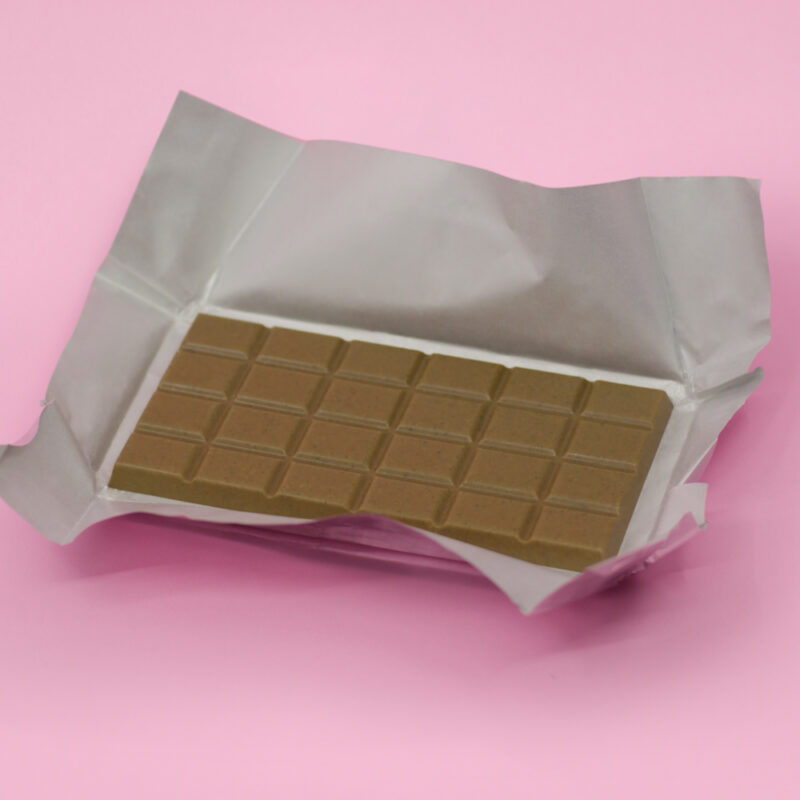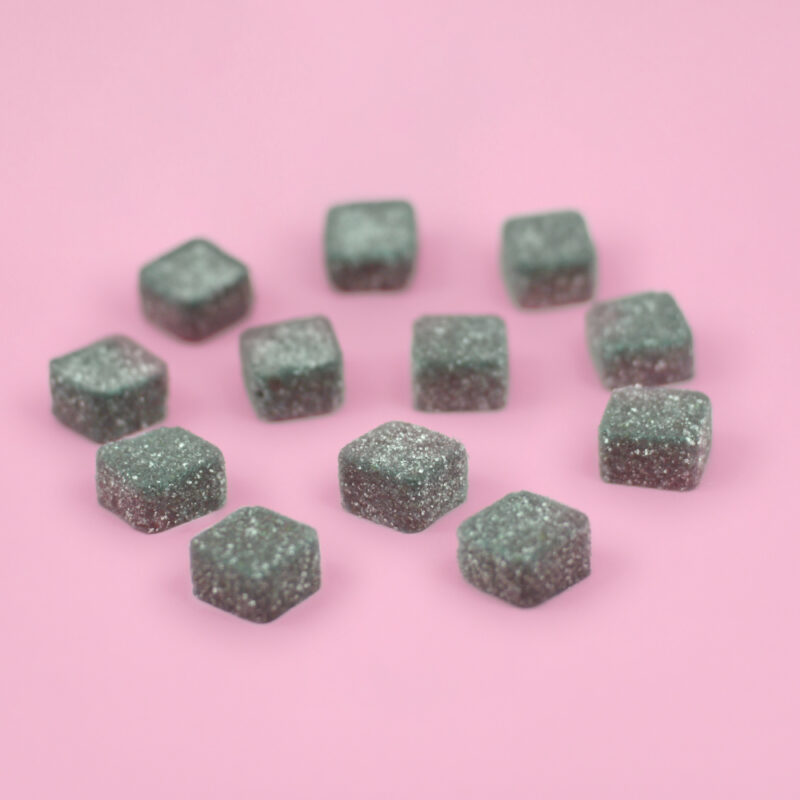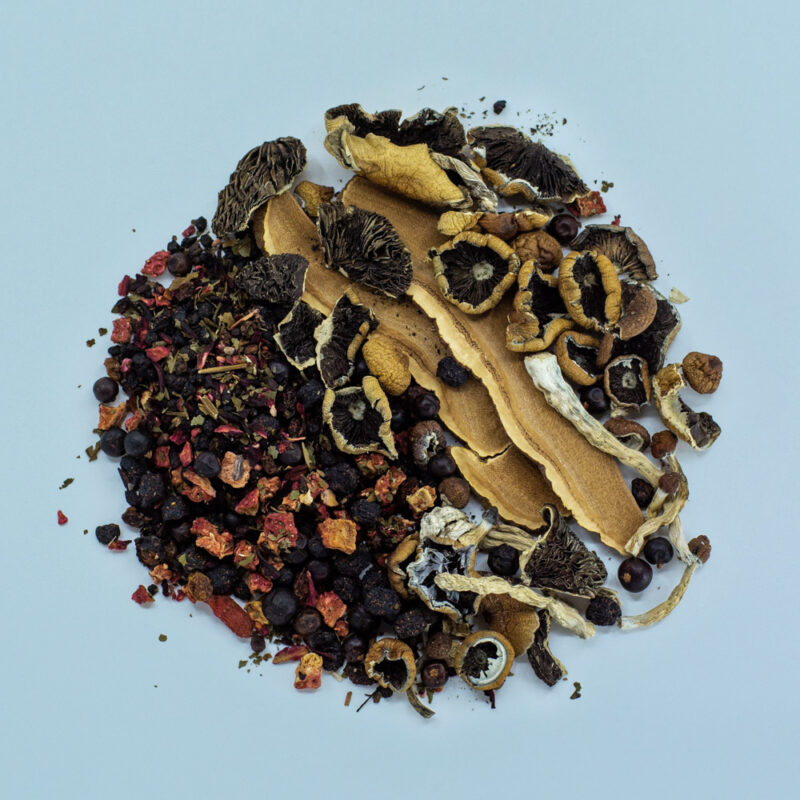Cinema Under the Influence – Part II
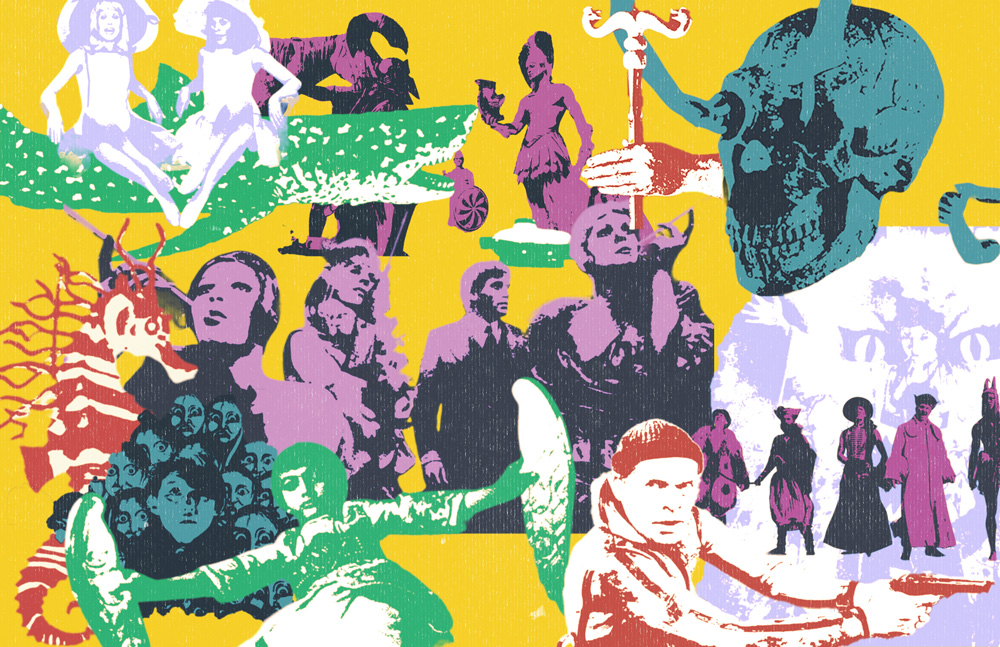
Marta Djordjevic’s Psychedelic Picks!
by Marta Djordjevic for Utopia
Some films go perfectly with psilocybin. Under the influence of magic mushrooms, lavish set designs, otherworldly destinations, and garish costumes bloom on screen. However, one should be cautious when pairing psychedelics with movies, as not all visually decadent watches are good psychedelic companions. In April 2023, after discovering college students advocated for his film Beau is Afraid to be seen under the influence, Joaquin Phoenix issued a PSA against the suggestion. If you’ve seen the Ari Aster horror, you’ll know the actor is absolutely right.
With all that said, the following seven films are guaranteed psychedelic blasts. In addition to international films across genres, I have also included an animated classic. These movies are a wonderful teleportation device for your senses, whether you want to dive underwater with explorers or tap dance through a colourful provincial town in France.
Without further ado, here are the films to check out while grazing on some psilocybin mushrooms.
The Hourglass Sanatorium
The Hourglass Sanatorium redefines the term “dreamscape.” Wojciech Has‘ 1973 flick is actually an adaptation of Polish-Jewish writer Bruno Schulz‘s Sanatorium Under the Sign of the Hourglass. Has transforms the source material into an unforgettable fever dream using Schulz’s rich and colourful prose.
The story follows Józef, a young man visiting his sickly father at a mental institution. When he arrives, he finds the sanatorium empty, except for one doctor and nurse who roam its dilapidated halls. It is revealed that Józef’s father has died yet has been brought back to life in another dimension. Has quotes Shulz’ directly, with Józef calling this “second-hand time.” He further elaborates, “[It is] used-up time, worn out by other people, a shabby time full of holes.” This film feels like an adult version of Alice in Wonderland – in which the dreams have no end, and sequences flow endlessly.
A marvel of Polish cinema, The Hourglass Sanatorium is truly astounding. At times coming across as a stylistic mix of Luis Buñuel, Andrzej Żuławski, and Federico Fellini, this 1973 gem is a delight for lovers of surrealist cinema – whether you’ve indulged in magic mushrooms or not.
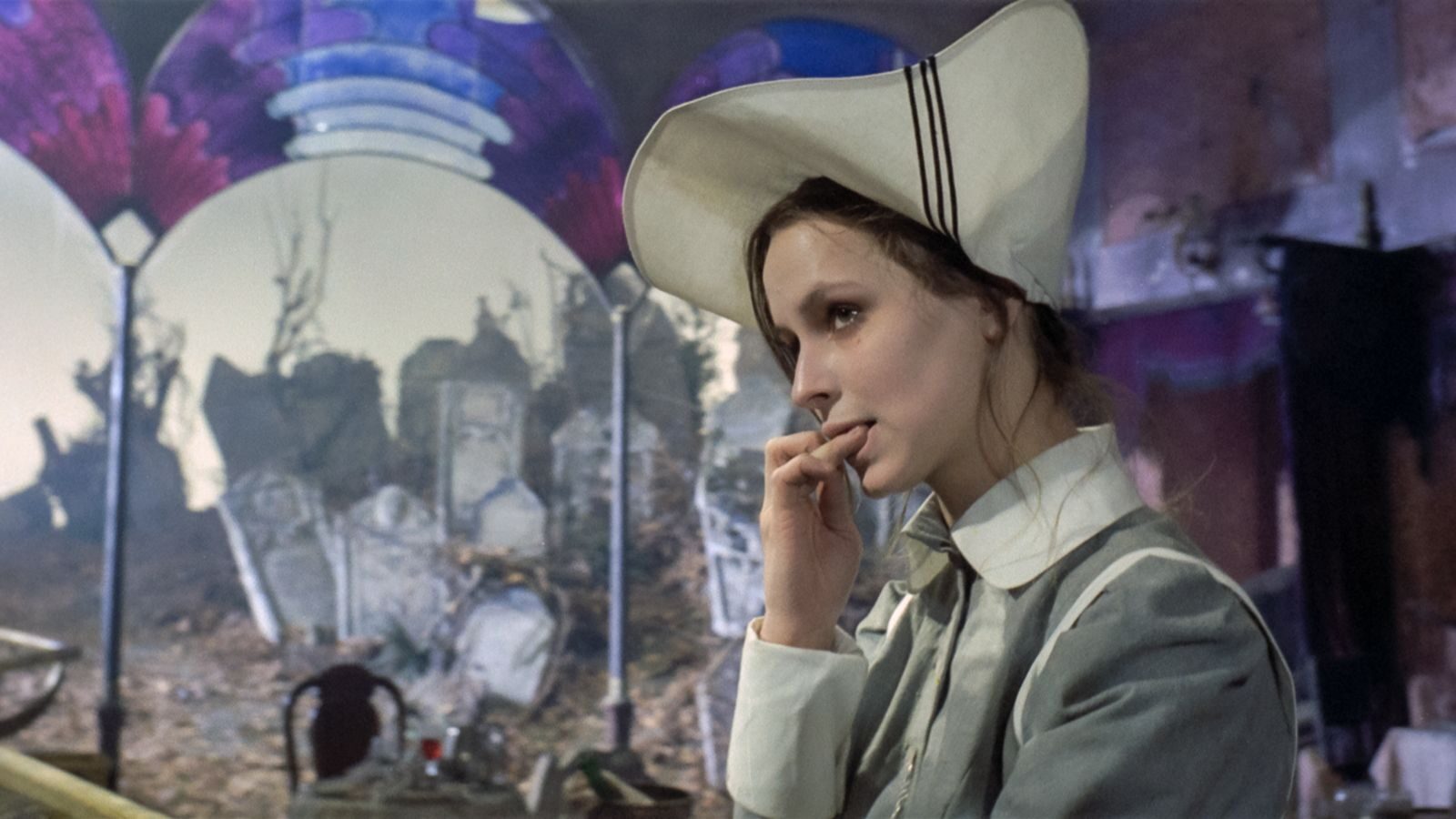
Akira
The only anime entry on this list is the cyberpunk classic Akira. Many consider Katsuhiro Otomo’s 1988 film one of the most influential anime movies of all time, and it’s a captivating experience to enjoy while munching on psilocybin mushrooms. With a vast array of bizarre imagery, Akira is an impressive achievement. As you watch the movie, red, purple, and green colours captivate you. In Akira, there are 327 different shades of colours, 50 of which were invented specifically for the movie. You don’t need me to tell you that this dazzling display pops under the influence of psychedelics.
Akira takes place in dystopian Neo-Tokyo 30 years after a psychic blast unleashed by the titular character caused the city’s collapse. Amid protests and gang wars, Tetsuo, a bike gang member, gains the same abilities as Akira. With Tetsuo determined to make things worse for the city, it’s now up to his former friend, Shōtaro, to work with both rebel factions and the corrupt government to prevent absolute carnage.
Akira was Otomo’s feature film and an adaptation of his manga epic. It’s an astonishing feat, considering the manga is more than 2,000 pages long – something he needed to condense into two hours. An anime that truly immerses you in its crumbling world with the most bizarre array of characters (like the gigantic teddy bear that springs to life and oozes milk), Akira is an iconic piece of cinema.
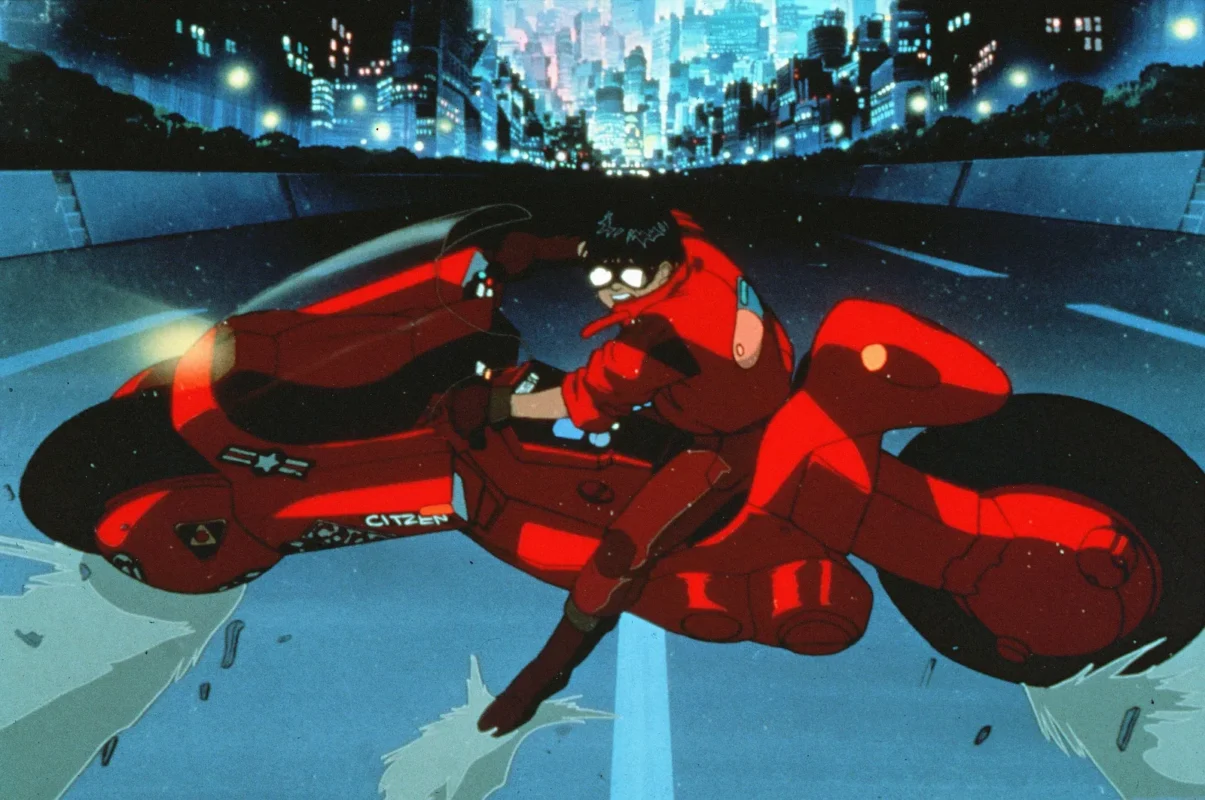
The Colour of Pomegranates
The Color of Pomegranates is undoubtedly the most surreal flick on this list. The film, directed by Armenian filmmaker Sergei Parajanov, tracks the life of 18th-century Armenian-Georgian poet, Sayat-Nova. Parajanov presents a tableaux compilation that follows Nova’s work through visual and auditory elements without a traditional narrative structure.
With almost no dialogue, The Color of Pomegranates is visual poetry. Parajanov has stated that Persian miniature paintings inspired the film, which becomes apparent when you watch it. The camera is fixed, without zooms or pans. Instead, the scenes appear flattened, like a still-life painting in motion.
Even though the symbolism of The Color of Pomegranates will leave many in the dark (save for scholars and critics of Armenian history), the visuals are so rich in colour, costumes, and artefacts that you cannot look away. Adding a platter of shrooms to your viewing experience instantly transports you into this mesmerising world. Suppose you don’t want to take my word for it. In that case, I’ll leave you with a quote by Martin Scorsese, who waxed poetic about this culturally significant film: “Watching Sergei Parajanov’s The Color of Pomegranates … is like opening a door and walking into another dimension, where time has stopped, and beauty has been unleashed.”
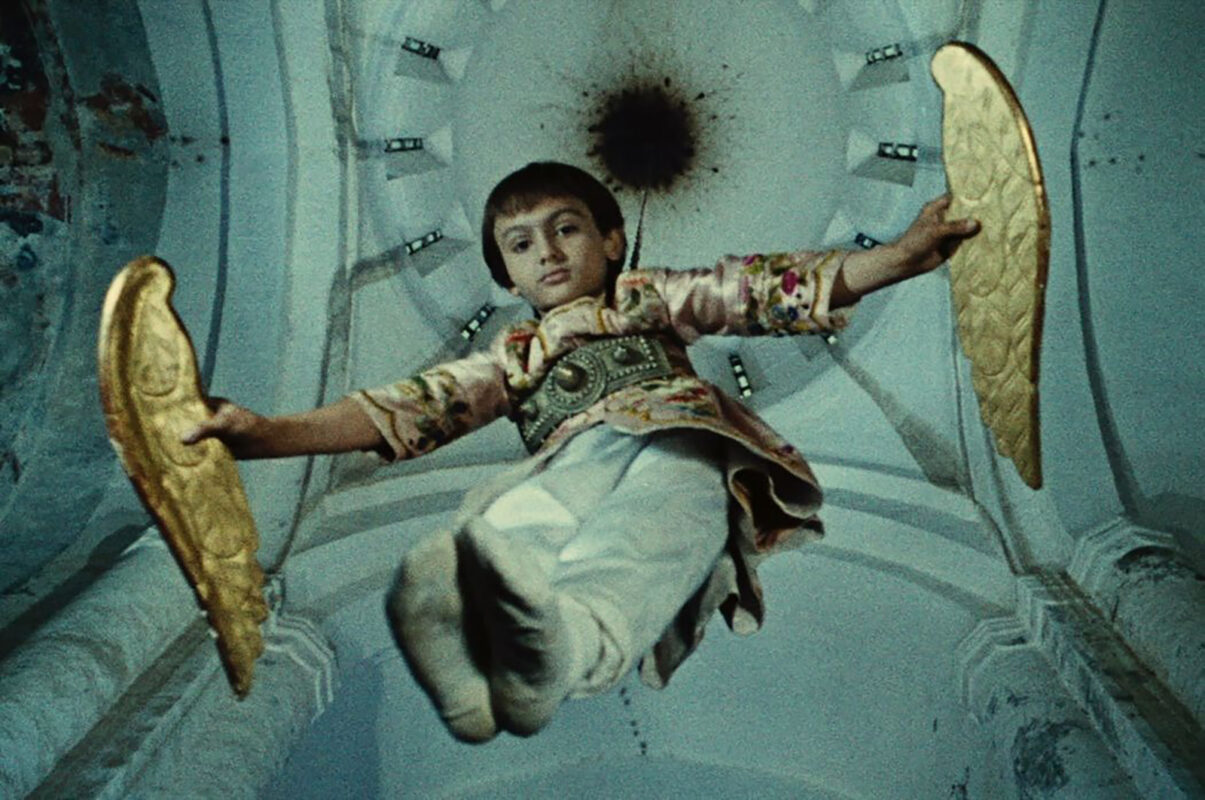
The Life Aquatic with Steve Zissou
Everyone is probably familiar with Wes Anderson by now. The eccentric American filmmaker has become known worldwide with his perfectly symmetrical tableau-style compositions, deadpan dialogue, pastel colour palette, and elaborate costumes. For psilocybin relaxation, Anderson’s catalogue of movies is like a storybook come alive. The Life Aquatic with Steve Zissou, the filmmaker’s 2004 flick, combines his signature aesthetics with a vibrant underwater world, making it a perfect choice for this list.
We meet world-renowned oceanographer Steve Zissou (inspired by Anderson’s childhood hero, Jacques Cousteau), who has just returned from filming his latest documentary. This expedition was sadly marred by the death of a Zissou team member by the elusive Jaguar Shark, which our lead personally witnessed. Zissou and his ragtag team set out on an adventure to find this sea creature and seek revenge while grappling with some internal issues.
When under the influence of psychedelics, the underwater sequences in The Life Aquatic are breathtaking, as we see all these creatures brought to life via stop-motion animation. Interestingly, the Jaguar Shark was the largest stop-motion puppet created at the time. When we finally spot this beast, Anderson injects the haunting strings of Sigur Ros’ “Starálfur” into the scene – making for an utterly sublime cinematic moment.
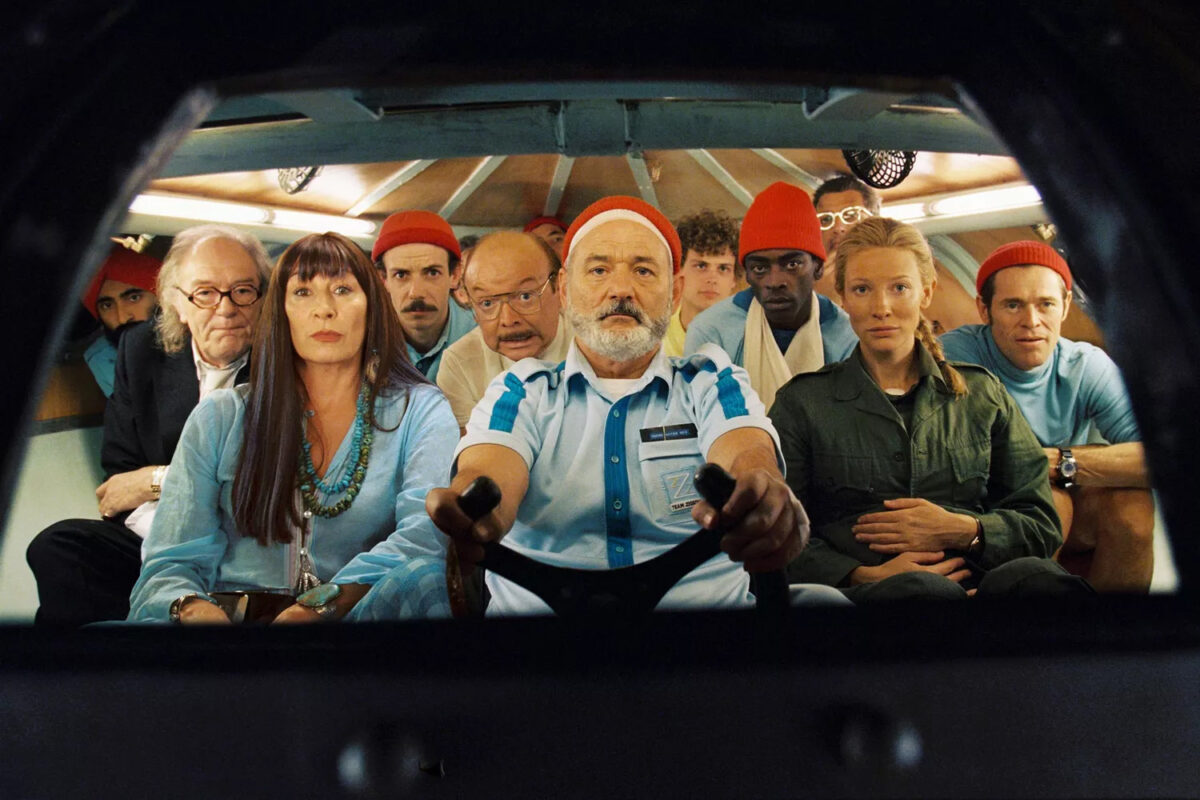
The Fall
Oh, the wonders of storytelling! Tarsem Singh’s 2006 epic The Fall illustrates this marvellously. Inspired by the 1981 Bulgarian film Yo Ho Ho, Tarsem’s fantasy comes to life with luxurious costumes and imagery – the perfect accompaniment to your psilocybin experience. The Fall places us in 1915, where daredevil Roy Walker is hospitalised after a failed bridge stunt for his first movie. A young girl (and fellow patient) named Alexandria befriends him once he stirs. Roy tells Alexandria a vivid tale of five heroes – yet he’s doing so for ulterior motives.
As Alexandria’s imagination runs wild, Roy’s extravagant fable unfolds before our eyes and takes us around the globe. Filmed in 24 countries over nearly four years, The Fall was a true labour of love. Tarsem’s images capture otherworldly settings, such as the dizzying Chand Baori stepwell in Rajasthan and the red dunes of Sossusvlei in Namibia. The fact that these backdrops don’t depend on CGI is astounding. In addition, you won’t want to miss the decadent costumes by the late Eiko Ishioka, who won an Academy Award for her work on Francis Ford Coppola’s 1992 film Bram Stoker’s Dracula.
David Fincher, who’s credited as an executive producer along with Spike Jonze, described the film as “what would’ve happened if Andrei Tarkovsky had made The Wizard of Oz.” If you’ve seen The Fall, you’ll know he’s absolutely correct.
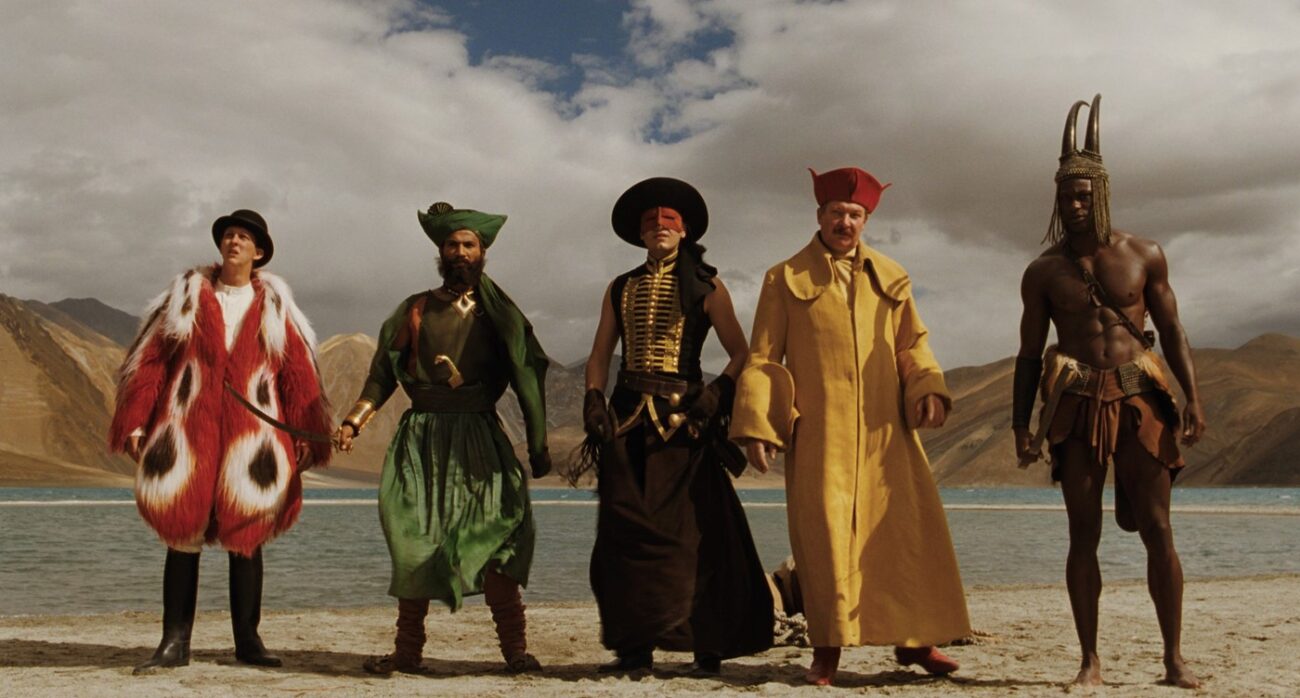
House
You may wonder, “What’s a horror movie doing on this list?” 1977’s House is an exception, as I promise not to recommend anything that will give you an unpleasant psychedelic trip. Filmmaker Nobuhiko Obayashi was known for his distinct visual style, and his movies are drenched in experimental imagery ranging from stop-motion animation to gorgeously painted backdrops.
This comic fantasy tale introduces us to Gorgeous and her six friends as they head to her aunt’s ancestral house for summer vacation. When they arrive, they discover supernatural terrors that threaten their lives.
Obayashi wrote his feature film with the help of his preteen daughter, who filled his mind with nightmarish tales. We’re introduced to a host of downright imaginative villains, including a flesh-eating piano and a blood-spewing housecat. To put it simply, House is a difficult film to describe, but a mind-blowing psychedelic treat that every film lover should experience.
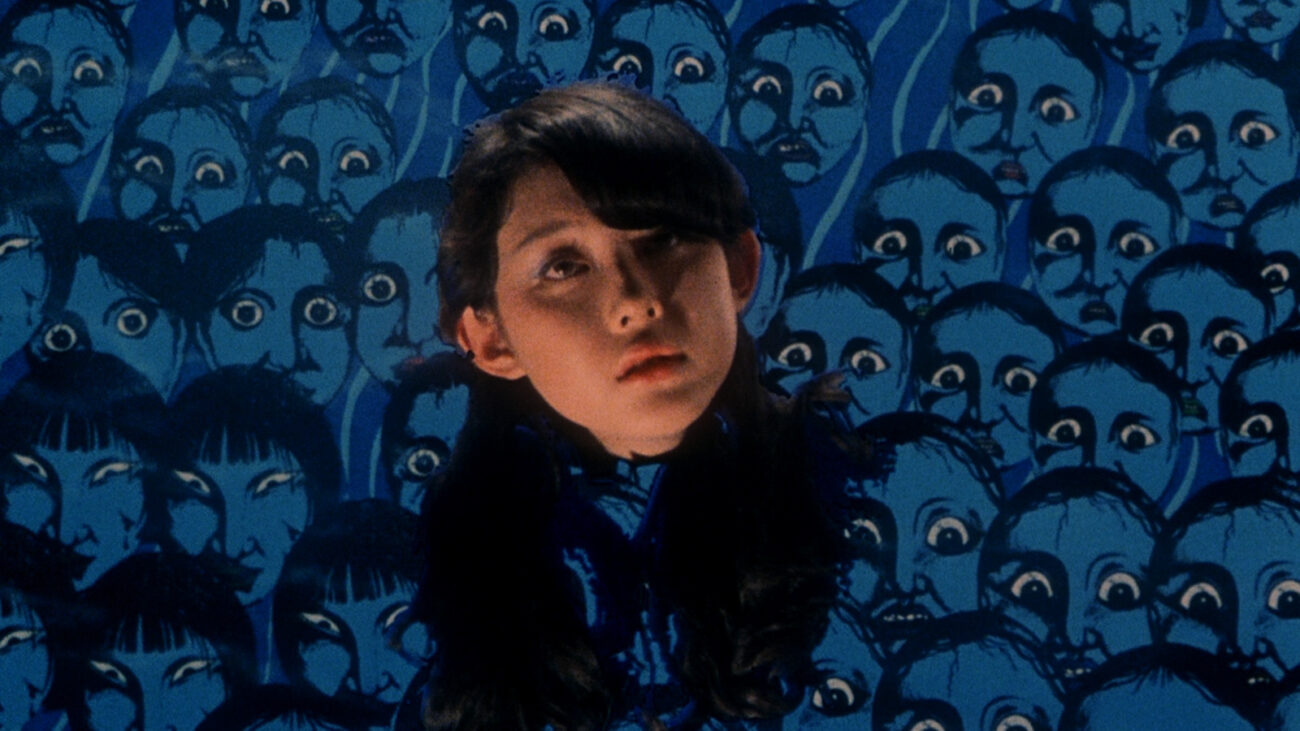
The Young Girls of Rochefort
Although Jacques Demy is best known for his achingly beautiful love story, The Umbrellas of Cherbourg, I’ve decided to include another of his musicals, The Young Girls of Rochefort, instead. Its vibrant colours and overall cheerfulness make the 1967 flick a much better companion to the psilocybin experience. A comedy of errors and missed connections, The Young Girls introduces us to Delphine and Solange (played by real-life sisters Catherine Deneuve and Françoise Dorléac), two twins bored of their small-town life in Rochefort. Their desire to advance their careers and find true love drives them to prepare for a move to Paris.
Demy’s love of classic Hollywood musicals can be seen in The Young Girls of Rochefort, evoking classics like West Side Story and Singin’ in the Rain. Moreover, Gene Kelly tap-dances to absolute perfection as an American in France. Though Demy pays tribute to a few influences, there’s no doubt The Young Girls is quintessentially French. In Rochefort, the crew painstakingly replicated a huge Hollywood studio set, repainting 1,000 window shutters in gorgeous pastel colours. It’s details like this one that make The Young Girls so delightful.
The Young Girls of Rochefort is unapologetic. Incorporating many tropes from Hollywood’s Golden Age of Musicals and pushing them to the absolute limit, the film celebrates the beauty of everyday provincial life in a stunning and infectious way.
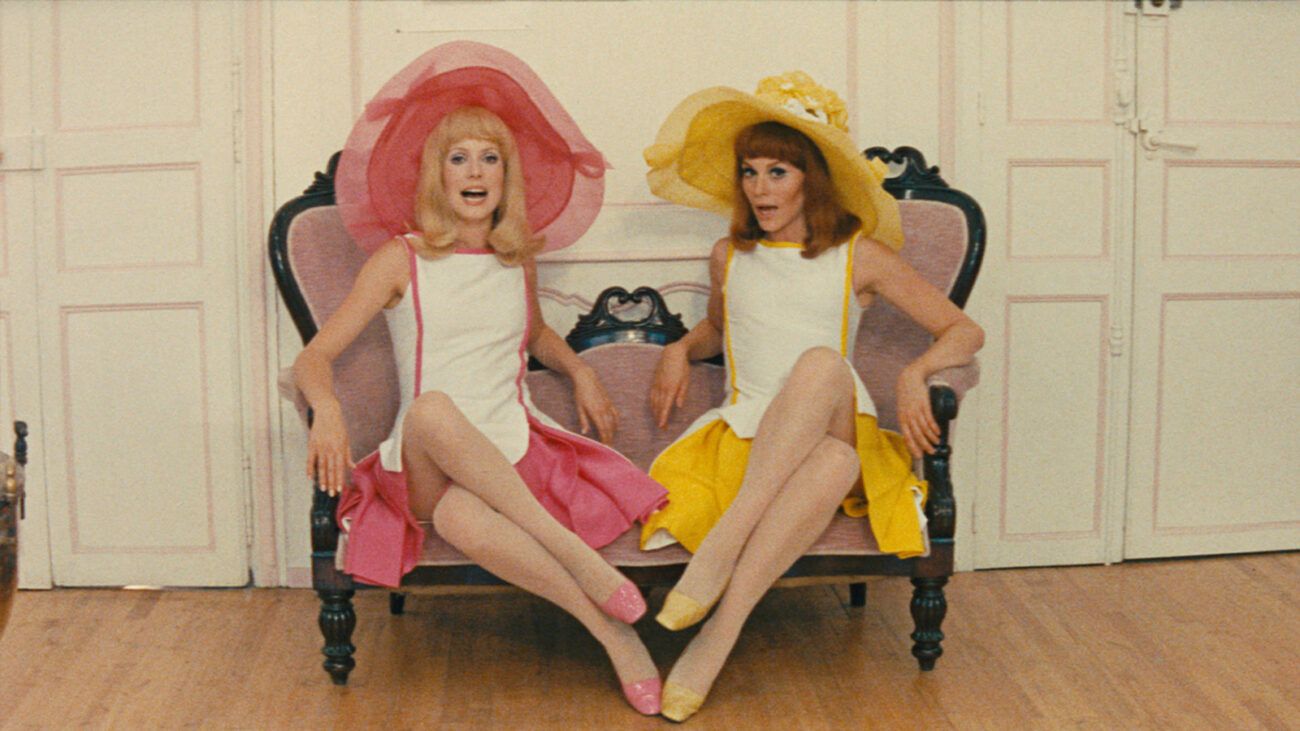
Marta is a film and pop culture journalist based in Vancouver, B.C. She created Paradise Playground in 2015: a movie and music blog that specialized in artist interviews and indie film reviews. She has worked with and interviewed a variety of successful acts such as Electric Youth, Sofi Tukker, and Jarryd James, to name a few. She then turned to freelance writing, where she’s written for publications such as Little White Lies, /Film, and Looper. Her extensive feature on Claudine Longet for Gusher Magazine was for sale at MoMA’s Design Store in New York.
On the side, she also runs her @marta.mcfly TikTok account, where she shares her film recommendations and encourages discussion and analysis of classic and contemporary cinema. She collaborates with Warner Brothers Canada, Elevation Pictures, and Sphere Films Canada, where she reviews their upcoming releases on her channel.
Find Marta at https://linktr.ee/martadjo Tik Tok & Instagram: @marta.mcfly || Letterboxd: @martamcfly
